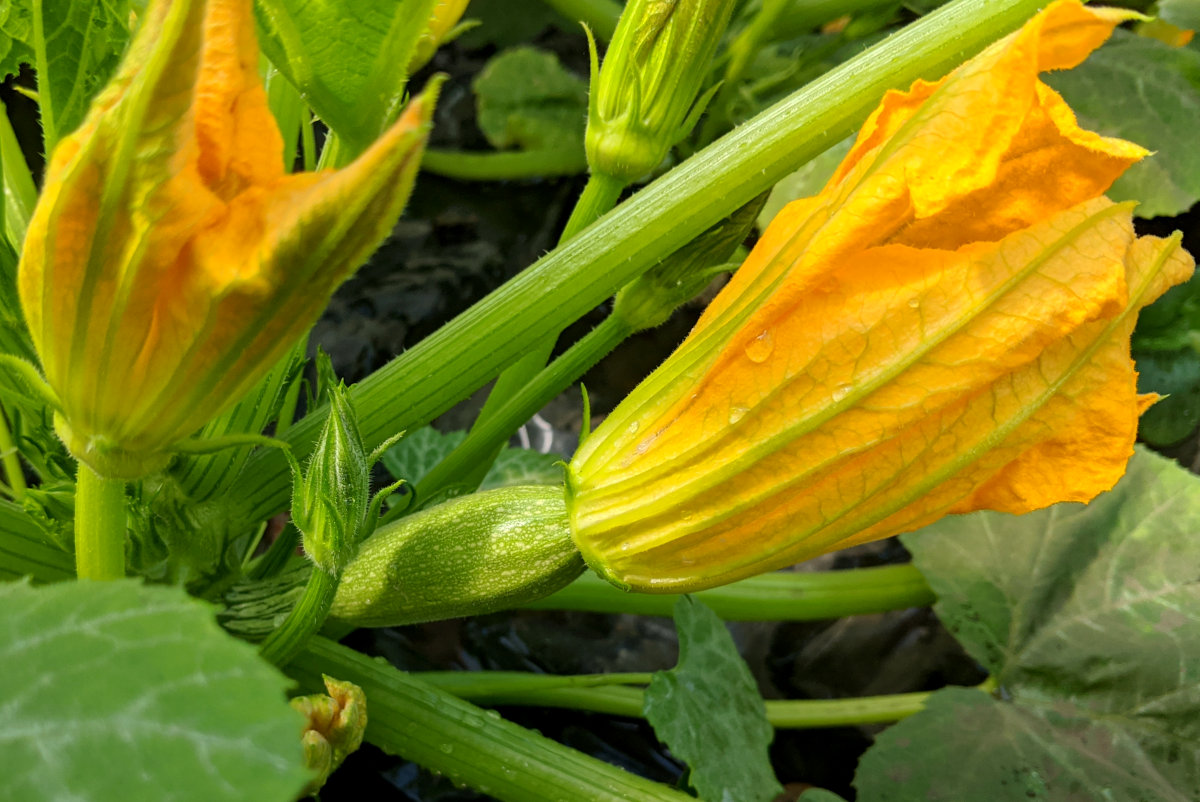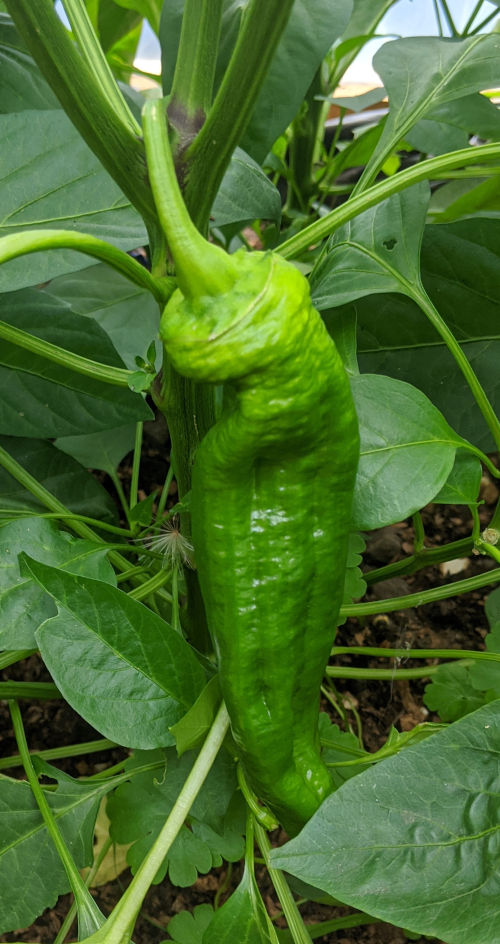Vegetables

This site is dedicated to the home vegetable gardener and was created to be a simple, realistic and practical guide to growing a vegetable garden.
There are many reasons why you might want to grow your own vegetables. Here are some of the most common:
- Health: Fresh, homegrown vegetables are packed with nutrients and flavour. They are also often higher in vitamins and minerals than store-bought vegetables, as they have not been picked or transported as long.
- Cost: Growing your own vegetables can save you money in the long run. The initial cost of setting up a garden may be high, but the cost of seeds and plants is relatively low. Once your garden is established, you will only need to purchase seeds or plants every few years.
- Freshness: Homegrown vegetables are picked at their peak ripeness, so they are at their most flavourful and nutritious. They also do not have to travel long distances to reach your table, so they are fresher than store-bought vegetables.
- Control: When you grow your own vegetables, you have complete control over the growing process. You can choose the varieties of vegetables you want to grow, the type of soil you use, and the amount of water and fertiliser you apply. This gives you the peace of mind knowing that your vegetables are grown without pesticides or herbicides.
- Fun: Gardening is a great way to get outdoors and enjoy nature. It is also a fun and rewarding activity for the whole family.
From those of you growing in small containers and raised beds to those of you growing in small fields, it is my hope that you will find the information that you need here.
Why grow your own vegetables?
I have found there to be a great many advantages to growing your own vegetables and produce. The biggest of which is you can choose what to grow and which variety rather than buying what is offered in stores.
You also get to grow vegetables without the use of any pesticides at all which is my personal favourite. Organic foods are gaining popularity as many people try to avoid the risks that are associated with conventional foods.
Many people are concerned about the risks the pesticides sprayed on the crops to control pests and diseases may hinder their own children’s development
Below: When you grow your own you can choose unusual varieties that are not available in stores like this Padron pepper.

Growing vegetables is an extremely rewarding activity, but when I first started my garden I found it frustrating to find the information that I needed, much less to find it explained in an organised, easy to read manner that was applicable to my little home garden.
The frustration of trying to find information robbed me of a lot of the joy I should have been experiencing from my garden. So I set out to make sure that other gardeners don’t have that same experience going forward.
How do you grow your own vegetables?
Knowing how to grow a garden means knowing the three ingredients necessary are soil, water and plants. Once the soil is prepared, the seeds or plants are planted, and you water them.
If that sounds simple, it is. Yes, there is a catch. Not every plant you would like to grow will grow in your climate. The trick is choosing the ones, which will.
To make the choice, you must:
- Identify the type of soil where your garden will be.
- Gauge the amount of daily sunlight.
- Know the amount and frequency of rain to your garden or be able to store water.
These three bits of information are the keys to unlock how to grow a garden in your climate. Till your soil to create an oxygen/nitrogen rich environment and allow water to permeate the soil.
Mound rows to keep excess moisture from rotting seedlings and tender roots. Flatten the tops of rows to ensure straight stem growth. Plant seeds and seedlings far enough apart the adult plants will not be crowded. Add mulch around the plants with natural materials such as dried leaves or sawdust. Avoid pine mulch because of insects and fungus, which will harm your plants.
